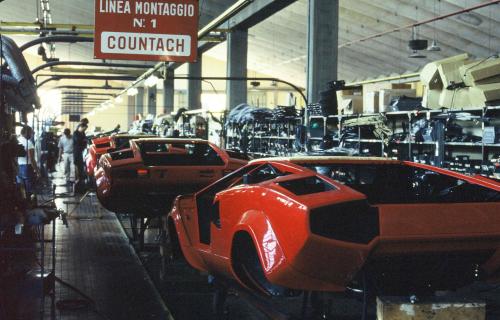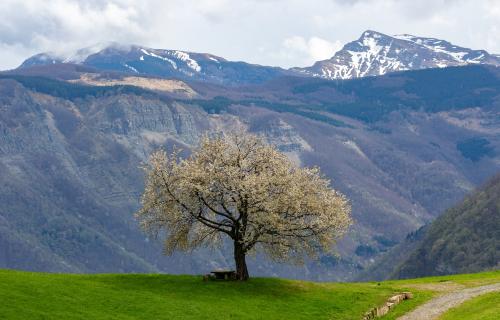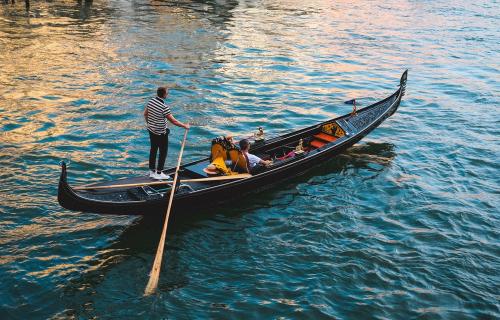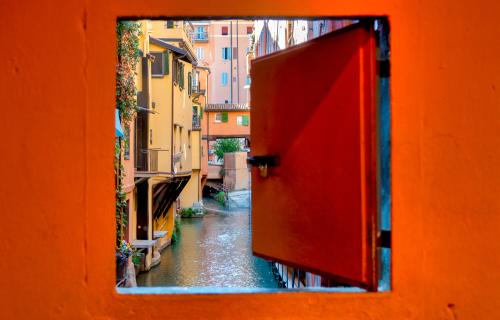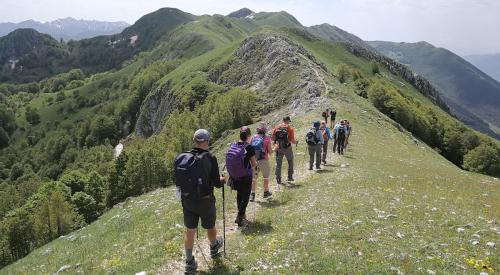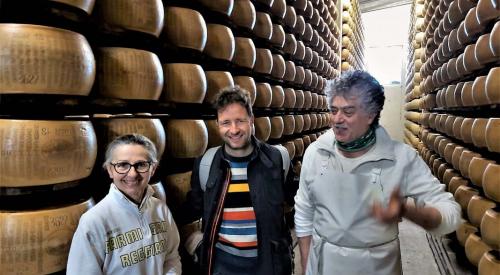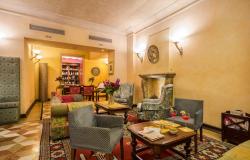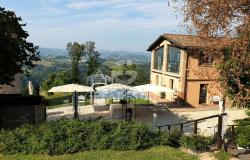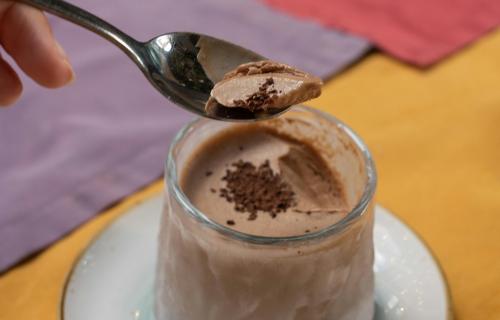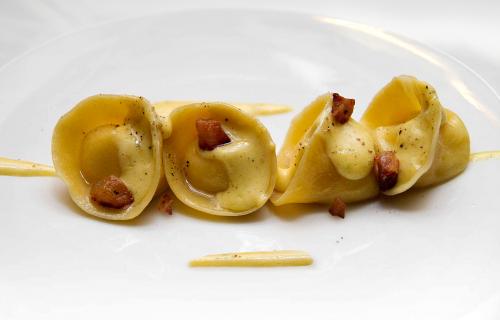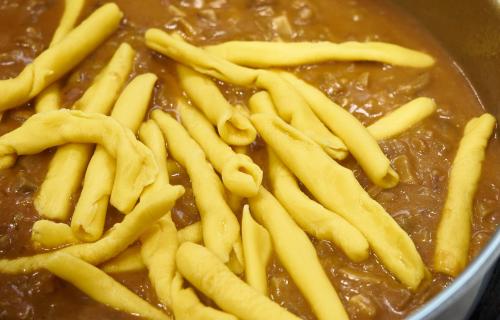We have black spot algae appearing on the walls of our swimming pool. We understand that the best product to use is Lo Chlor black spot eradication but this doesn’t seem to be available in Italy. We are able to get it in the U.K. but know that it’s important to treat it asap.
Bologna (Emilia Romagna)
The Essential Guide to Bologna
Bologna’s undeniable appeal lies not in monumental grandeur, but rather in its streets, in an urban fabric that has retained its medieval structure so that when you walk around, you can still perceive the city’s medieval past. The Middle Ages were for Bologna a time of major development and prosperity; it was then that foundations were laid for what it was to become: a forward-thinking, industrious, tolerant, business-savvy, culture-loving city.
Best times to visit Bologna
The sub-continental climate of Bologna and surrounding region of Emilia-Romagna has hot and humid summers, and cold and humid winters (although rarely falling below 0°C or snowy). Rainfall is more common in winter and early spring. Fog can occur in the late fall/winter.
As for all destinations, you will find less crowds if you travel in the low season, November to April.
Summer is very hot in Bologna, with average temperatures of 35-36°C.
Porticos will shelter you from the heat and the rain; still, the most pleasant times to visit are late spring and early fall. In the fall, you also get to experience the many food festivals that take place in and around Bologna, a way to try the local cuisine that is famous around the world.
Traveling to Bologna: how to get there
Bologna’s Guglielmo Marconi airport (BLQ) is only 15 minutes from the city center by car. The airport is very well connected to the rest of Italy and Europe, with many major and low-cost airlines flying in and out of Bologna. A taxi ride will cost you approximately €22-25. For a cheaper option, use the Marconi Express, an above-the-ground monorail train that connects the airport with the train station in 7 minutes. It operates every day of the year, from 5:40 am until midnight and costs €9,20 one way.
The main train station in Bologna is Bologna Centrale, served by hundreds of trains every day, including Frecciarossa and Italo high-speed trains. Bologna’s train station is on Piazza Medaglie d’Oro, at the northern edge of the city center. It’s a 20/25-minute walk to Piazza Maggiore, the city’s main square. Many local buses going into the city center stop at the station; there is also a taxi stand to the right as you exit from the main hall.
*Check our ultimate guide to train travel in Italy.
If you are getting into the centro storico by car, check with your hotel for the need to have a driving permit as the center has many ‘limited traffic zones’, or ZTL.
How to get around in Bologna
Bologna is best explored on foot. Most of Bologna’s attractions are concentrated in its small city center, and you can reach them all within minutes.
If you wish to reach the famous Basilica di San Luca on top of the hill that overlooks the city, it is about an hour walk from Piazza Maggiore, or you can take a bus to the base of the hill.
There is no subway in Bologna.
Driving in Bologna is not recommended (nor needed). A good part of Bologna’s historic center is closed to unauthorized traffic during the day. A car may be useful for trips out of town, to visit balsamic vinegar, Parmigiano Reggiano, prosciutto and wine producers or small villages in the countryside.
What to see in Bologna
Piazza Maggiore - Piazza Maggiore is Bologna’s main square, whose construction began in the 13th century; it has since been the heart of city’s life. Many of the buildings surrounding the square were also built during the Middle Ages, including Palazzo D’Accursio, Palazzo del Podestà, and Palazzo Re Enzo; construction of the Basilica of San Petronio began in 1390.
Basilica of San Petronio - One of Bologna’s most important monuments, the Basilica of San Petronio is free to enter. While not the city’s cathedral, San Petronio is the Bolognesi’s favorite church – although it was not consecrated as a church until the mid-1950s. The basilica was built as a public space for the people of Bologna, dedicated to the city’s patron saint, Petronius. It is one of the world’s largest churches.
Palazzo D’Accursio - Most visitors skip this palace that sits right on Piazza Maggiore, thus missing an important piece of the history of Bologna. Palazzo D’Accursio has been the seat of the city’s political power since the Middle Ages. Walk through the courtyard, climb the staircase designed by Bramante and reach the first floor, which has some finely decorated rooms, such as the baroque Sala del Consiglio Comunale, still used for town hall meetings. On the second floor, there are more frescoed rooms to visit and a great view over Piazza Maggiore.
Basilica di Santo Stefano - The unique complex of Santo Stefano, also known as Sette Chiese (Seven Churches) comprises four churches, a courtyard and a chapel; the structure is meant to recall the Church of the Holy Sepulchre in Jerusalem, following a wish by Saint Petronius, bishop of the city during the 5th century.
The porticos - Recently inscribed onto Unesco’s World Heritage site list, the porticos of Bologna were built starting in the 11th century to enlarge houses due to the swelling population of Bologna, a consequence of the university’s growing importance. The best way to understand how porticos helped make additional room in existing houses is to observe the Case Schiavina on Via Clavature. Another outstanding example of medieval portico is at Casa Isolani on Strada Maggiore. Erected around 1250, it’s supported by nine-meter-high wooden columns and, if you stand on the other side of the street, you’ll see how the third floor of the building sticks out and is supported by the portico.
Portico and Basilica di San Luca - If you don’t mind an uphill walk, make sure you climb the Portico of San Luca, which, at 3,8 km, is the longest portico in world. As you keep walking up, you’ll get beautiful views of the city, until you reach the Basilica of San Luca, another landmark Bolognese monument, the one that signals Bolognesi they’ve arrived home – because it stands on top of a hill, it is visible from the autostrada (highway) as you get into the city.
Towers - Towers were a defining element of Bologna’s medieval architecture; during the Middle Ages, the city had more than 100, hence the nickname la turrita, city of many towers. Their main function was defensive, but, with time, they also became a symbol of power. Only about 20 towers remain today; among the most famous are the landmarks Two Towers (Due Torri), the Torre Prendiparte (which today houses a Bed and Breakfast), and the Torre dell’Arengo above Palazzo Re Enzo, which was used to summon people to the piazza for important announcements.
Finestrella di via Piella - A little-known aspect of Bologna is that, since Roman times, it had a network of navigable canals, which, in the Middle Ages, powered an increasing number of water wheels, spinning plants and saw mills that turned Bologna into one of Italy’s main textile production centers. Not much remains of the city’s canals as most were buried underground in the 20th century. But you can get an idea of what Bologna looked like in the past by looking out the small window on Via Piella, right in the city center.
Museo Civico Medievale (Medieval Museum) - Housed in the Ghisilardi-Fava Palace, it displays works of art and objects from the Middle Ages, referring in particular to the university, which was founded in 1088, the first in Europe. A favorite is the bas-relief from the Arca (Ark) of jurist Giovanni da Legnano, portraying students in class; the student in the center, looking intent, with a hand on an open book and the other sustaining his chin, is especially evocative.
What to eat in Bologna
Bologna la grassa - “Bologna, the fat” is a label the Bolognesi wear with pride. Bologna is indeed famous for its rich culinary traditions, which is what attract visitors for the most part.
Bologna is the hometown of tortellini and mortadella, tagliatelle and ragù, among many other delicacies. To experience this richness, head to the old medieval market and food shopping area, the so-called Quadrilatero, right by Piazza Maggiore. You’ll find traditional food shops selling all kinds of artisanal local products, including mortadella, Parmigiano Reggiano, prosciutto di Parma, tortellini, and more, as well as many eateries where to sample said products, accompanied by a glass or two of the local wines, such as the white Pignoletto and the red Lambrusco.
Another good place where to try Bologna’s delicacies is Mercato delle Erbe, also located in the city center, behind which you’ll find many bars for aperitivo with the locals.
Bologna is no doubt synonymous with tortellini! One of Bologna’s emblematic figures, the sfogline, are the keepers of the city’s important tradition of hand-made pasta: women who patiently knead and roll the dough so it acquires the right thickness, and, in the case of tortellini, stuff, twist and seal them so they take their characteristic shape and do not break open when you cook them. To enhance their taste, tortellini should be eaten with a broth of capon or hen.
One of the essential ingredients of tortellini is mortadella, another great culinary delicacy hailing from Bologna. Mortadella was already known and thoroughly appreciated by the Romans. And while today it is considered one of the poor cold cuts, especially when compared to prosciutto or culatello, it used to be a food for the rich and powerful, and was expensive too, due to the wide use of spices which helped to preserve it longer.
Bologna’s Chamber of Commerce guards the recipe for tagliatelle, along with its measurement rule: tagliatelle should be 8 mm wide when cooked And what goes best with tagliatelle if not ragù alla bolognese? The official recipe also rests with Bologna’s Chamber of Commerce, but with ragù there is a lot of leeway. If you ask people in Bologna, you will find that there are many variations in family recipes and they seem to be very secretive about them. The most important ingredient is minced beef; the tomato-based sauce must cook for hours. Ragù is traditionally eaten with tagliatelle and used as a filling for lasagne. Never ever eat it with spaghetti - the Bolognesi consider it an insult!
Guide last updated by Silvia Donati, 2022
Emilia Romagna Highlights
What you can't miss in Emilia Romagna
Where is Bologna

Top Experiences in Emilia Romagna
Best places to stay in Emilia Romagna
Properties for sale in Emilia Romagna
Recipes From Emilia Romagna
What others are saying about Emilia Romagna
I wonder if someone may be able to help me ? In 2005 we purchased some land and property. The intention was to set up an Agri Tourism. We were unable to stop the infiltration of hunters onto the land and eventually abandoned the venture in 2007.




